PLOT: A teenage girl discovers there are vampires reaping chaos in her neighborhood, and that there’s only one way to stop them: Some garlic to the face and a stake to the heart.
REVIEW: One of the first entries in the new round of Welcome to the Blumhouse movies, Black as Night, plays like the pilot episode for the latest YA-centric supernatural TV series. It’s got a young female protagonist, Shawna (Asjha Cooper), with relatable self-esteem issues and a slightly annoying, very pushy best friend (Fabrizio Guido), who is then thrust into a scenario where she must find her strength by taking on a cult of vampires in her hometown of New Orleans. Oh, and mustn’t forget the hunky love interest (Mason Beauchamp) who at first doesn’t notice her but then very much notices her.
Watching such exhaustingly familiar ingredients be thrown into the pot could be a painstaking experience for anyone on the lookout for something refreshing in the genre. But what Black as Night really was for me was a conflicting experience, considering that buried underneath shopworn elements is an admirable effort from director Maritee Lee Go and writer Sherman Payne to explore topical themes and establish lore around the underrepresented space of Black vampires in movies.
For one, Shawna is not only struggling with social anxiety in the ways a lot of teens do, but Payne integrated into her story insecurity around the blackness of her skin. Even her brother makes her feel bad about how a popular guy like Chris (Beauchamp), prefers girls with lighter skin than her. As well, much of the story centers around a run-down apartment complex that’s facing demolition — The Ombreaux — and that’s home mostly to drug dealers and users who are still struggling after the events of Hurricane Katrina, like Shawna’s mom (Kenneshia Thompson).
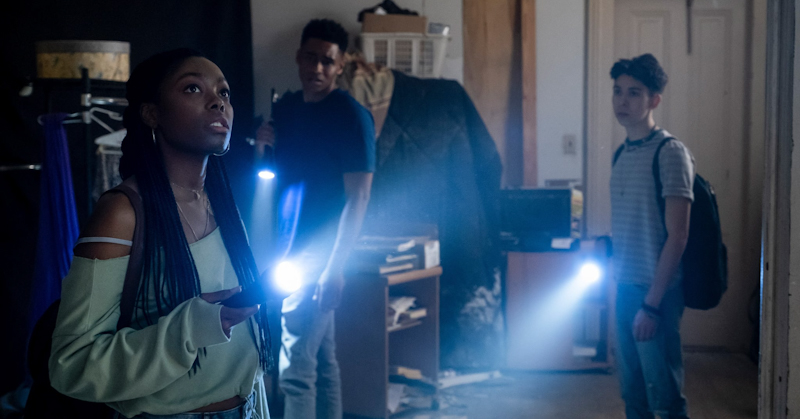
In his script, Payne weaves much of this into the supernatural elements of the story. Many of these people struggling to survive have become targets of a growing army of vampires. Even Shawna herself falls victim to a vampire’s deadly bite but is not turned, and after her mother is killed as the result of vampires, she vows to start taking down vamps however she can. This sends her into the world of vampires who have been living under everyone’s noses for ages, and it’s in these moments when the movie has some fun and explores its own identity. But even then, it’s kind of a mixed bag.
After taking down some vamps with the proper use of some stakes and a bunch of garlic, we learn that the head vampire was once a slave in the area long ago, and after attaining his vampire powers, has been using his time to build up an army to take over the country, and thus put themselves at the top of the food chain. It’s hard not to think about how that plan is quite derivative of Killmonger’s thought process in Black Panther, and even the information itself was delivered to Shawna and her friends by a vampire (Sammy Nagi Njuguna) from a sort of warrior clan from Africa. He and one or two others swoop in to kick some ass, quickly fill in knowledge gaps, and then virtually disappear and have no more impact on the story. It’s all lore that could ultimately be interesting if there was more effort and time to explore it, but in this limited space it feels like window dressing that’s the only cover from pure mediocrity.
As far as action and horror go, Lee Go seems like a fan of shows like Buffy the Vampire Slayer, favoring practical effects and makeup that compliment a grounded visual aesthetic. I can’t say I ever felt a chill up my spine, and the lack of bloody kills may be a disappointment for viewers with a bit of bloodlust. But she showcases the key horror elements well, and seeing the sharp teeth of the vampires and yellowish eyes, which glow red in the dark, makes at least looking at the creatures a gnarly treat.
But make no mistake, much of everything else that makes up Black as Night — such as character development and emotional resonance — amounts to very little. Cooper is a likable lead, but Shawna’s journey of self-acceptance meshes with her mission of revenge, and neither is terribly compelling. The inclusion of a hammy narration angle tries too hard to make this accessible to teens but dulls any dramatic impact by making her reflections sound like she’s writing a “My Summer Break” school report. It’s beautiful when she’s told the color of her skin is one of the many things that make her special, but that feels like such a small part of her story. Everything else — from her relationship with her mother to her bond with her friends — is thinly written and leaves little to distinguish itself from other on-screen teen dynamics.
I truly respect some of what the filmmakers were trying to do here; I just don’t love how they did it. Wrapped up in tired tropes seemingly aimed at the YA market are some thoughtful ideas and mythos that perhaps would’ve actually made for a better show than a movie. But as a movie that likely won’t be followed up, everything is too half-baked to fully recommend. The best parts were too thinly explored and the cliches too obvious for Black as Night to have the kind of bite it had the potential to.


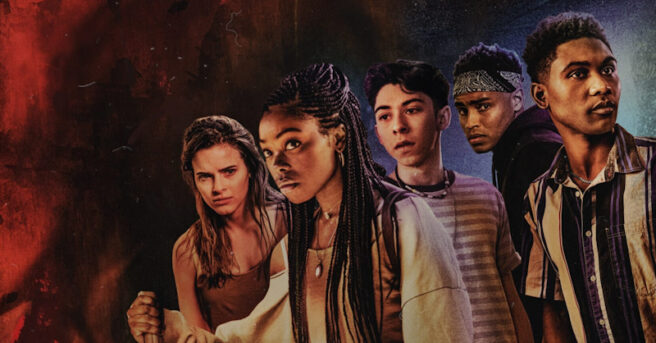
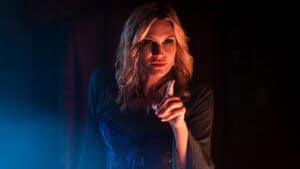




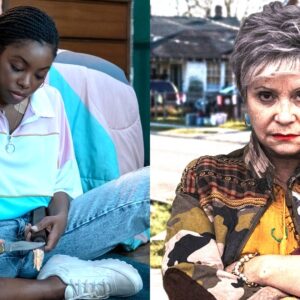






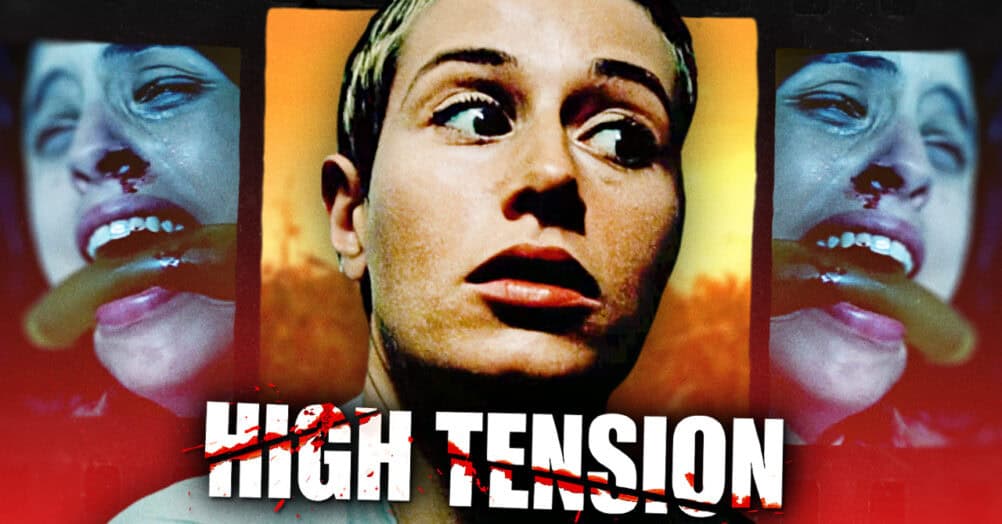
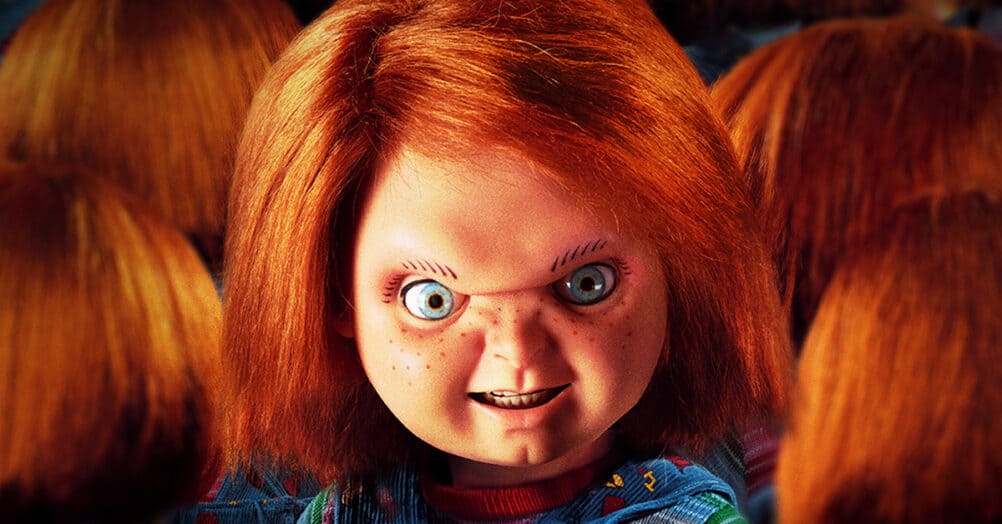


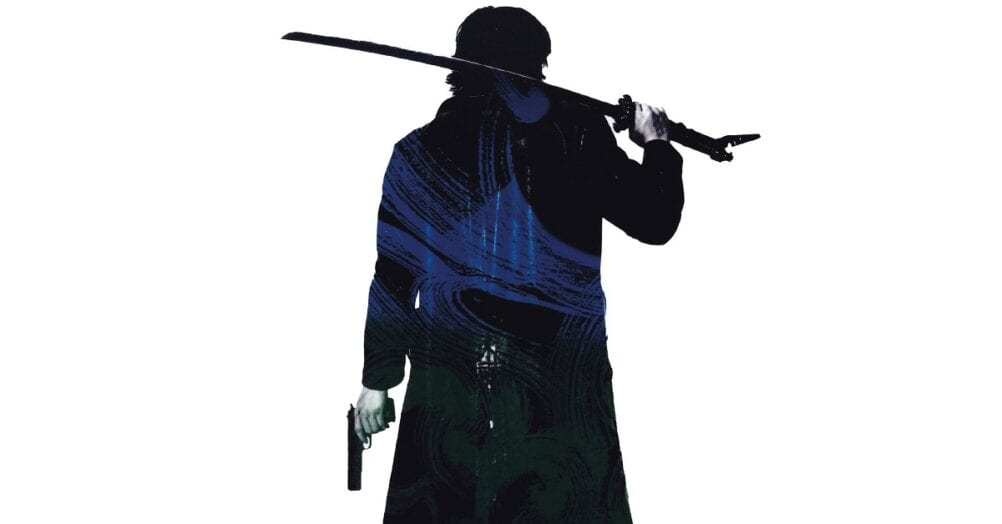

Follow the JOBLO MOVIE NETWORK
Follow us on YOUTUBE
Follow ARROW IN THE HEAD
Follow AITH on YOUTUBE